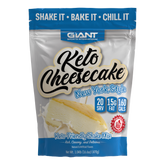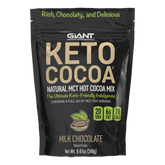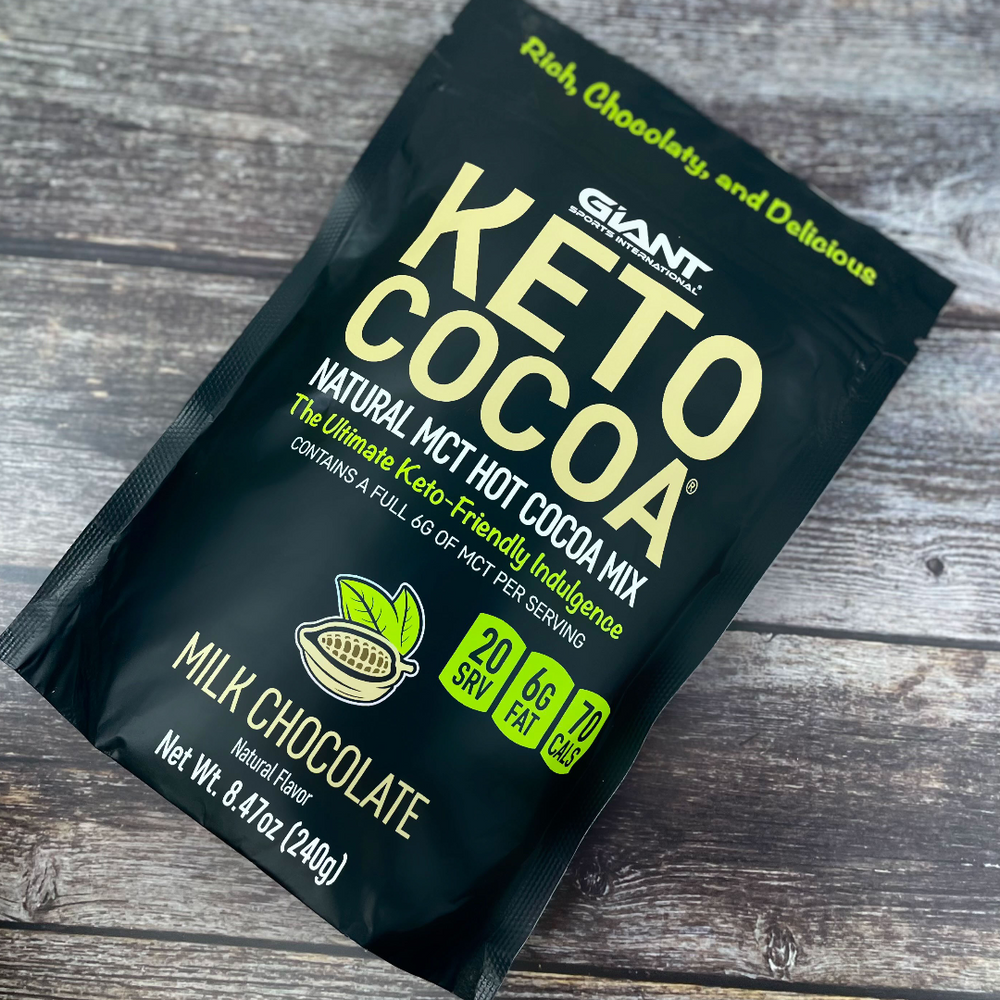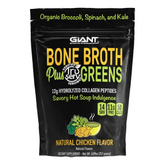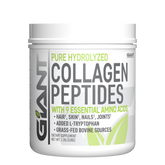In addition to knowing what to eat, it is important to pay attention to your portions. Generally speaking, you will want to eat 100 grams, which looks like the following:
The best way to cook your vegetables is in high-fat oil such as avocado oil or coconut oil. Choose any of the following vegetables:
A 100-gram serving (3.5 ounces) of spinach contains 23 calories, with 2.9 grams of protein and 0.4 grams of fat. Most of the 3.6 grams of carbs are fiber, which is very good for you. It is high in insoluble fiber, which can benefit your digestive system. It is nutrient-rich and also has plant compounds that also help improve your overall health.
Cauliflower is a cruciferous vegetable, and it is incredibly versatile as part of the keto diet. You can use it as a substitute for rice, potatoes, pasta, and couscous, which makes it a great option plain or in stews, casseroles, or soups. It contains many nutrients, including vitamins C, K, and B6. In addition, you will find folate, pantothenic acid, potassium, manganese, magnesium, and phosphorus.
A one-cup serving (128 grams) contains 25 calories, with just five grams of carbs. This makes it easy to include in any low carb or keto diet. It contains antioxidants that may reduce inflammation and help protect your body from heart disease and cancer. This is a great vegetable to include in your keto diet.
Another health benefit of this vegetable is that it contains monounsaturated fatty acids that are good for your heart health. Avocado helps to reduce your inflammation and it is loaded with fiber. This vegetable also has powerful antioxidants that can assist in eye health. This is a great vegetable to have on the keto diet.
Cabbage
Cabbage is another cruciferous vegetable, and it gives you health benefits without increasing the carb count. It is a versatile ingredient that you can use in coleslaw if you want to eat it raw, or soups if you want to cook it. In addition, it has vitamins C, K, and B6, folate, manganese, calcium, potassium, and magnesium. It has 22 calories, with 2.3 grams of net carbs. It may help reduce inflammation, improve digestion, lower blood pressure and cholesterol, and promote heart health.
Celery
Celery has a high water content with only 1.2 grams of net carbs in a medium length celery stalk. It has fewer nutrients than other vegetables, but it is rich in antioxidants. It is a great snack because it is crunchy and you can pair it with cream cheese. One medium celery stalk that is 7 ½ to 8 inches long has just 5.6 calories. It is fat-free and low in protein, but it will not kick you out of ketosis.
Cucumbers
Cucumbers are another vegetable with high water content, and they are low in carbs, with just 3.1 grams of net carbs. They have antioxidants that help to fight inflammation, and they contain nutrients such as vitamins A and C, calcium, potassium, magnesium, and iron. They help to keep you hydrated and contain two phytonutrient compounds that have been associated with anti-cancer properties: lignans and cucurbitacins.
Asparagus
Asparagus is another keto-friendly vegetable that is loaded with nutrients and goes well with many other keto-friendly foods. You can pair it with poached eggs, crispy bacon, and hollandaise sauce. A serving contains only 2.5 grams of net carbs, along with riboflavin, folate, iron, and manganese. In addition, it contains potassium, phosphorus, and vitamins A, C, and E.
Mushrooms
There are many different kinds of mushrooms, and most are perfectly acceptable on the keto diet. White button mushrooms have a rich flavor and a meaty texture, and they have just 2 grams of net carbs. They contain 3 grams of protein, as well as valuable nutrients, such as riboflavin, niacin, and copper.
Broccoli
Broccoli is another cruciferous vegetable, and it is related to cauliflower, cabbage, and kale. It contains many of the same nutrients, such as vitamins C, A, B6, D, E, and K. In addition, it has calcium, iron, phosphorus, potassium, zinc, thiamin, riboflavin, niacin, and folate. One cup of broccoli contains just 3 grams of carbs and 15 calories.
Kale
Kale is dense in nutrients and has great health benefits, which gives it the label of being a superfood. It is one of the healthiest foods on the planet. There are different types of kale, and it can be green or purple. One cup of kale contains vitamins A, B6, C, and K, Manganese, calcium, copper, potassium, and magnesium. It has 6 grams of carbs, but 2 grams are fiber, which leaves 4 grams of net carbs. In addition, it has an omega 3 fatty acid called alpha-linolenic acid.
Kale has powerful antioxidants such as quercetin and kaempferol, which helps counteract oxidative damage by free radicals in the body. It can help lower cholesterol, and it contains numerous cancer-fighting substances. This cruciferous vegetable is one of the best to add to your diet.
Artichokes
Artichokes come from the Mediterranean, and they have been used for many centuries because of their medicinal properties. They can help lower blood sugar levels, improve digestion, and promote heart and liver health. They are loaded with valuable vitamins and minerals, including Vitamins B6, C, and K, thiamine, riboflavin, niacin, folate, iron, magnesium, phosphorus, potassium, calcium, and zinc.
They are low in fat and high in fiber, with 7 grams per serving. They have 4 grams of net carbs and 7 grams of protein. This helps with gut health and control of your appetite. This is a great vegetable to add when you are on the keto diet.
Green Beans
Although you need to avoid most beans on keto, green beans are okay. They are low in sugar, and you can eat them raw or steamed. They can help you maintain a healthy weight, and they are good for your heart. They have 4.1 grams of net carbs, and 2 grams of protein. In addition, the protein promotes healthy bones, hair, organs, and muscles. They will boost your immune system as well.
Green beans are packed with vitamins and minerals, including vitamins A, C, E, and K, thiamin, niacin, calcium, iron, magnesium, phosphorus, potassium, and zinc. You can add them to your diet raw or cooked.
Brussels Sprouts
Brussels sprouts are low in carbs and go well with bacon. They have just 4.5 grams of net carbs, as well as 2.5 grams of protein. In addition, they contain vitamins A, C, and K, folate, iron, potassium, phosphorus, magnesium, and manganese. They support gut health and are rich in antioxidants, and they may help to protect against cancer. They help to promote digestive health because of their high-fiber content.
In addition, Brussels sprouts contain ALA omega-3 fatty acids, which is great for anyone who doesn’t eat fish. This helps to decrease inflammation and reduce insulin resistance. You can include this cruciferous vegetable in your diet when you are eating keto.
Zucchini
Zucchini is a popular vegetable for people who are on the keto diet. People use it as a pasta or rice substitute, and you can roast it, stuff it, stir-fry it, and more. With just 2.8 grams of net carbs, zucchini has 1.5 grams of protein and is loaded with vitamins and minerals. It contains vitamins A, B6, C, and K, as well as manganese, potassium, magnesium, folate, copper, phosphorus, and thiamine. It also has small amounts of iron, calcium, zinc, and several other B vitamins. It is high in antioxidants, and it is incredibly versatile.
Radishes
Radishes are one of the few below-ground vegetables that are low in carbs. You will get just 2.1 grams of net carbs with a serving of radishes, and there are many other vitamins and minerals including potassium, folate, riboflavin, niacin, vitamins B6, and K, calcium, magnesium, zinc, phosphorus, copper, manganese, and sodium.
Radishes support a healthy digestive system and have both anti-cancer and antifungal properties. In Chinese medicine, they have been used to treat many conditions, including sore throat, bile disorders, and inflammation.
Final Words
When you decide to embrace the keto diet, you will find that there are many foods that you can and should eat. The best way to reach and remain in ketosis is by familiarizing yourself with the foods that are low in carbs and high in healthy fats and protein.
Vegetables are an important part of your diet, and you can choose any of the foods on this list. You can use them to complement any of your meals, and they offer an important source of nutrition. As long as you know what you can eat, you will have no trouble whipping up delicious meals. All of these vegetables are low enough in carbs to be keto-friendly, so be sure to include them in your meals.

